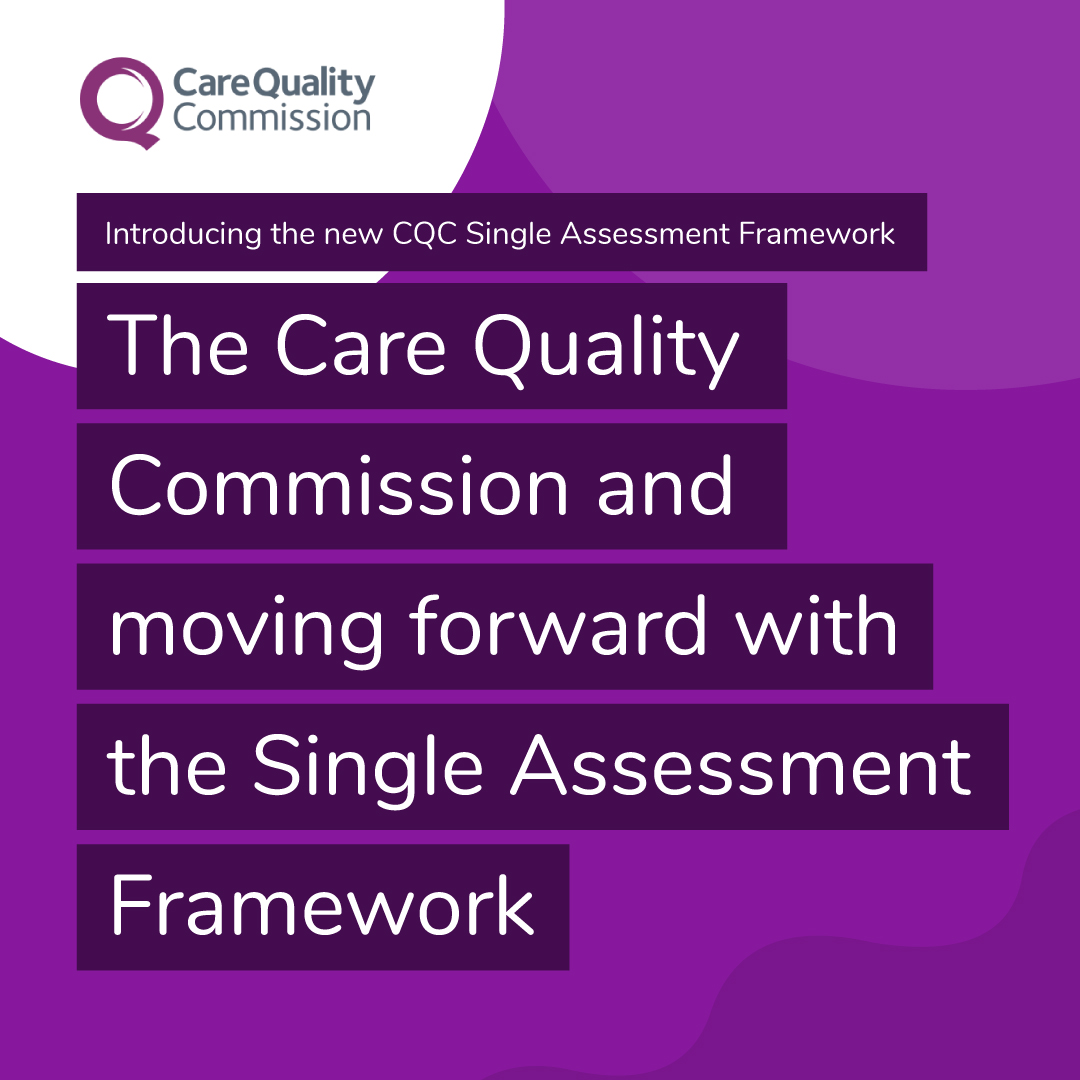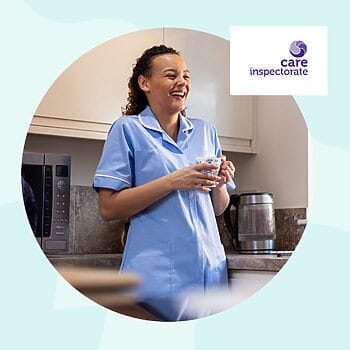Following on from February’s article ‘The new CQC Single Assessment Framework, what we know so far’, we’re happy to say that guidance from CQC has become much clearer with more detail of how they intend to transition all services to the Single Assessment Framework. With this in mind we want to share our expertise and customer insights and explore what the new ways of working will look like in terms of assessment and inspection.
Over the coming months we will be producing a series of insightful articles which will explore the key questions and what is required to meet the criteria of each quality statement. Additionally, we will look at the types of evidence that can be provided to support the quality statements. We are hoping that you will be inspired to build on your learnings with a view to evidencing continual improvement within your service.
Whilst we are using the CQC quality statements as firm guidance for those regulated by the organisation and affected by the significant changes, you will find that the information we will be providing links with other regulatory organisations both in the UK, Europe and further afield. Of course, we cannot guarantee to cover every aspect of regulation for all organisations, however, we are confident that we will give readers inspiration to be confident in what they do best!
Why does CQC feel that they need to make radical changes in the way they monitor and inspect services?
CQC’s new approach will see a new provider portal that intends to facilitate interactive information sharing and to simplify monitoring and inspection by using a single quality assessment framework. The objective is not only to inspect and monitor, but to continually assess services with a view to having clear visibility of how services work and collaborate.
Digging deeper into what the Single Assessment framework will offer, we have found that there will be ongoing assessment of quality and risk, evidence will be gathered at multiple points in time and not just through inspection, this means that inspections will be much more targeted. The assessment and inspection teams will be localised which means that they will have a firm understanding of geographic areas, local services and the challenges faced by providers. We think that a big bonus for providers is that ratings will be updated regularly and there will be opportunities to supply evidence of best practice, learning and service improvements.
Our series, will be looking at each key question in turn and will discuss what each statement means for home care providers.
You can find our previous article on the New Single Assessment Framework here.




